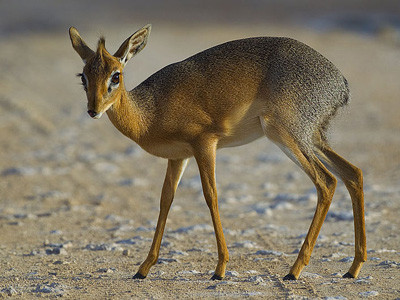Why do most bats fly only at night? Is it because they're afraid of birds of prey? If so, do they try to avoid owls?
Turns out the answers are not that clear cut, as @JKRevell explains in the latest article on #Synapsida
(I like that parts of the old internet like the Synapsida blog are still going strong, and I can subscribe to their RSS feeds and read interesting and ad-free and AI-free content. *Big thanks* go to those that are still adding quality content to the internet with the aim of informing us instead of making money or manipulating what we think.)
https://synapsida.blogspot.com/2025/06/i-aint-afraid-of-no-owls.html
